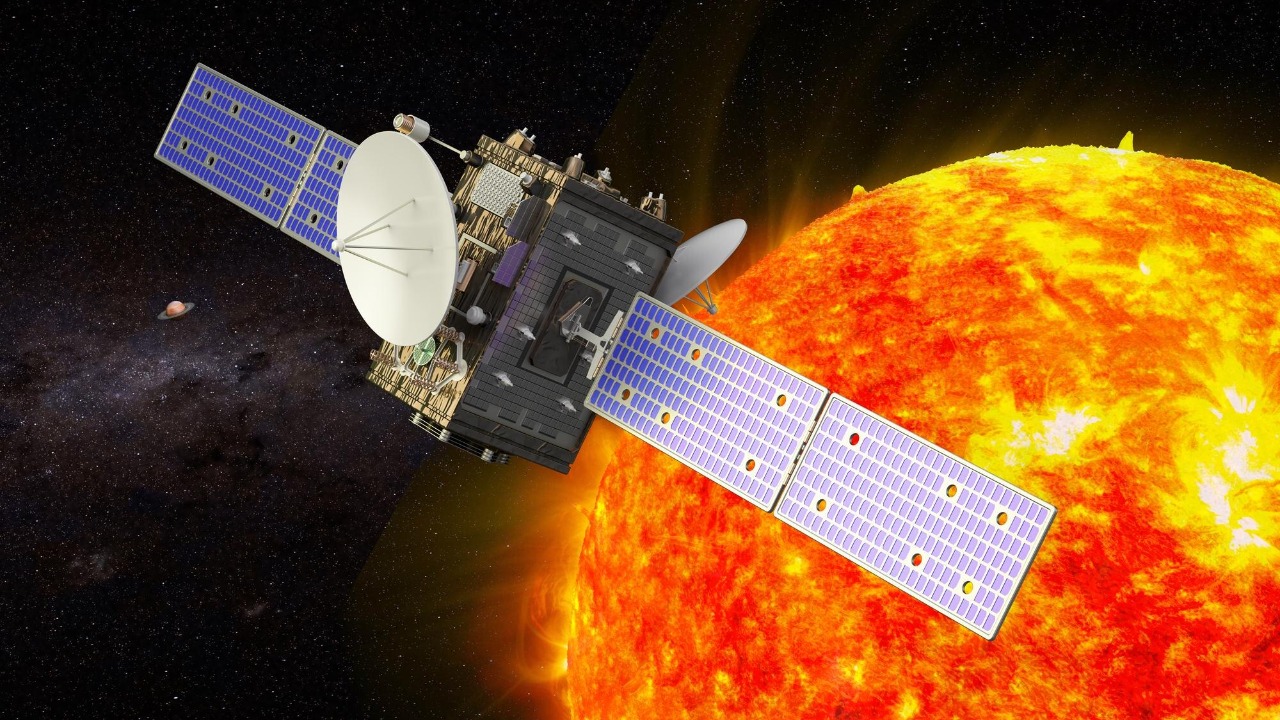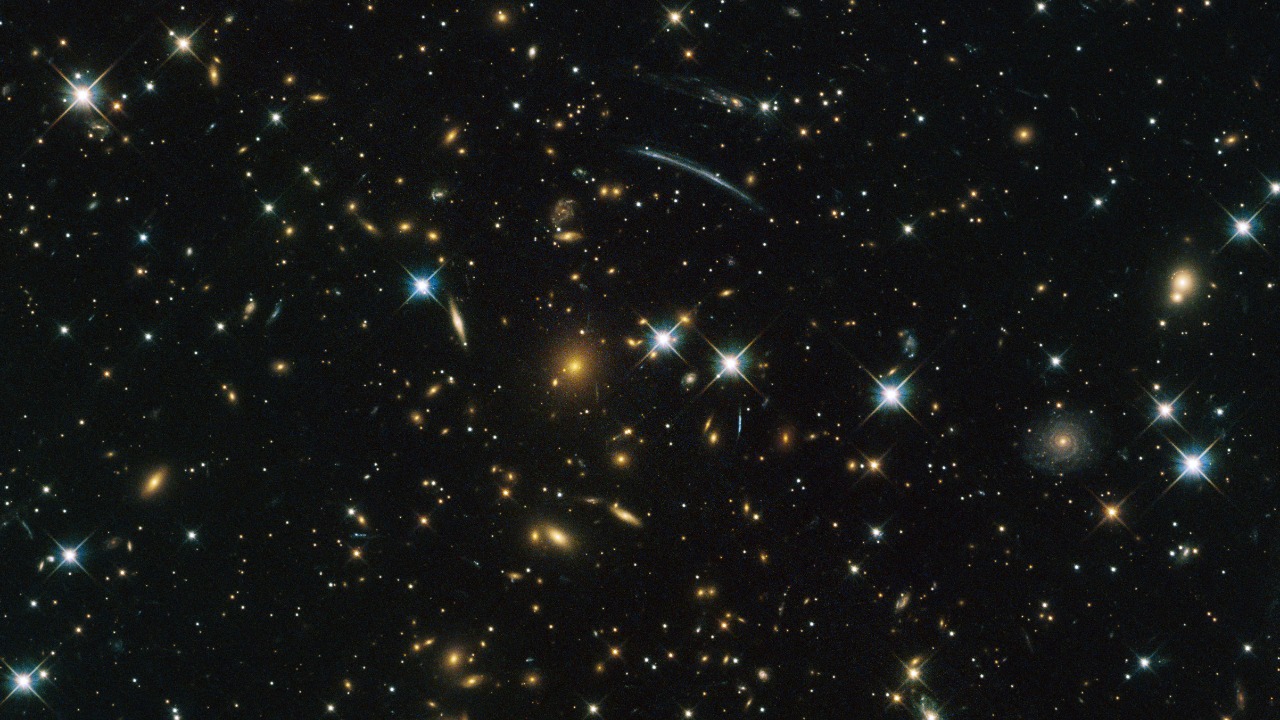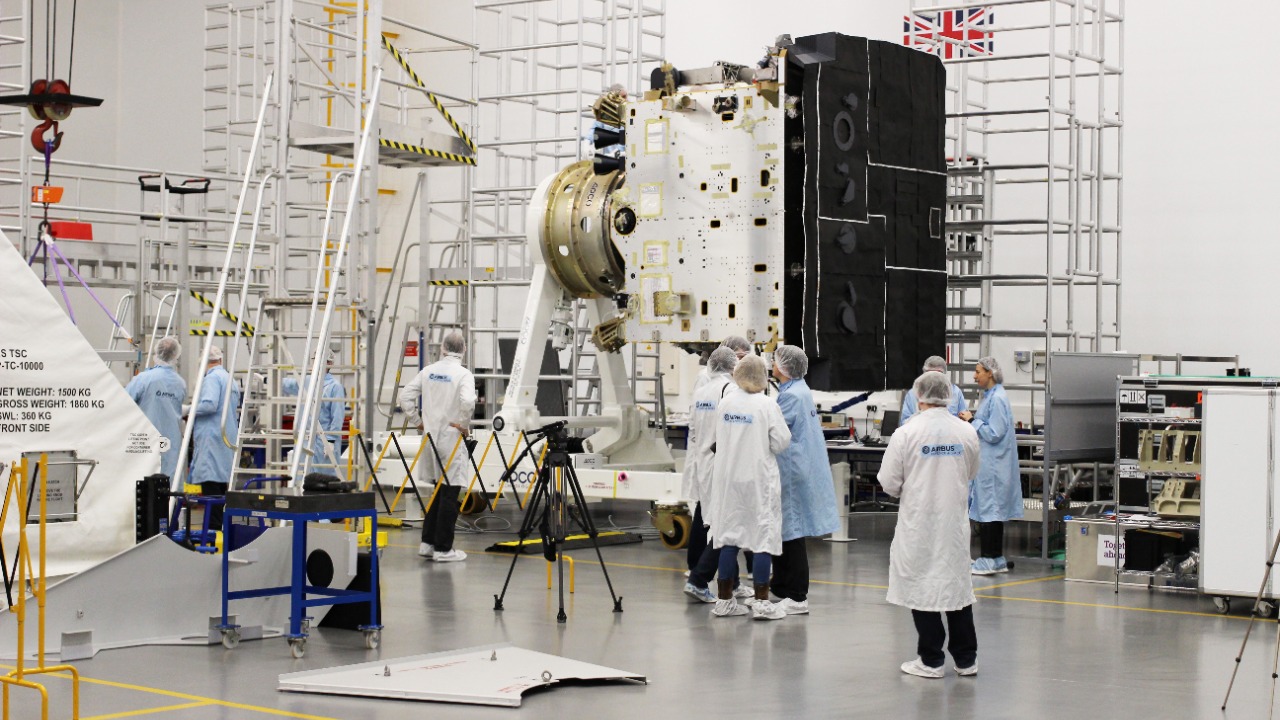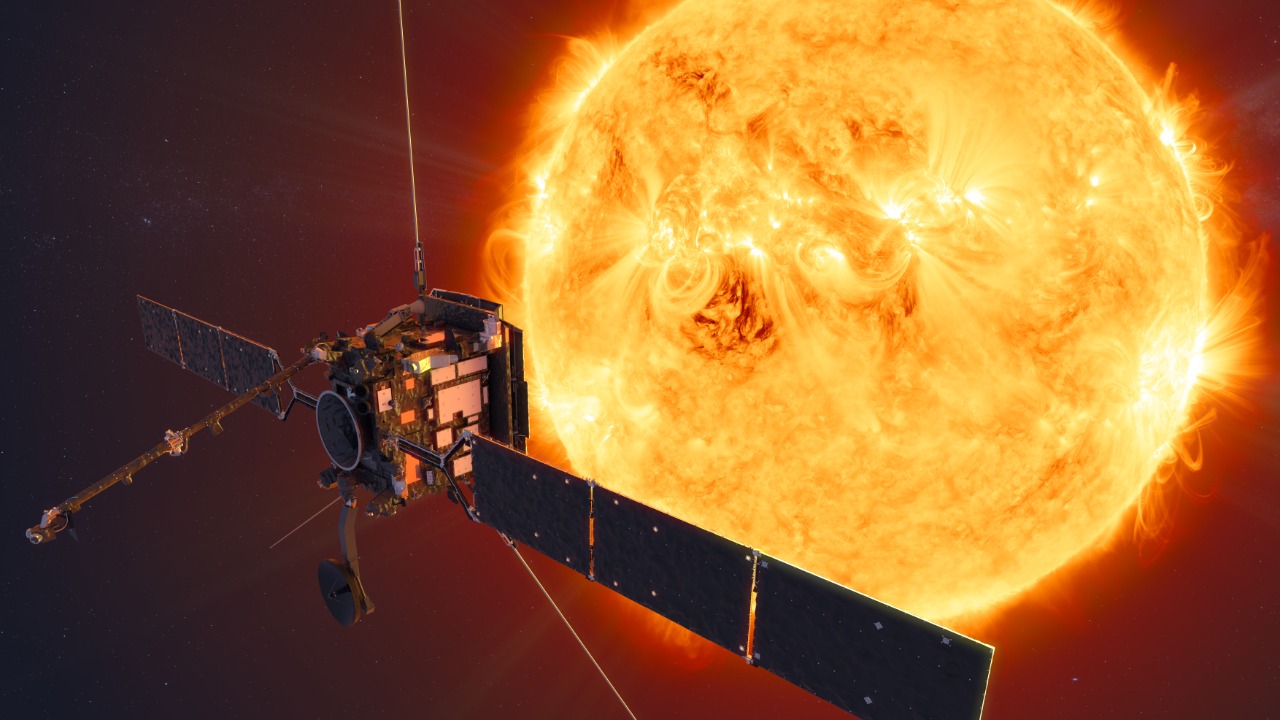
Unveiling the mysteries of our universe, the Solar Orbiter has identified two previously unknown mechanisms within the Sun, responsible for the emission of cosmic electrons. This groundbreaking discovery not only deepens our comprehension of the Sun’s internal workings but also paves the way for improved understanding of space weather and its effects on future space missions.
The Mission of the Solar Orbiter

The Solar Orbiter is a mission of exploration, seeking to understand the Sun’s influence on the wider cosmos. It’s an ambitious endeavor by the European Space Agency (ESA) and NASA, aiming to provide close-up, high-latitude observations of the Sun. The primary objective of the Solar Orbiter is to scrutinize the Sun’s polar regions, which have remained largely unexplored till now.
Equipped with an array of sophisticated instruments, the Solar Orbiter collects data about the Sun’s magnetic fields, solar wind, and the heliosphere. It carries a suite of ten scientific instruments, including cameras, spectrometers, and particle detectors, each designed to provide a unique perspective on the Sun and its surroundings. The Orbiter’s sophisticated technology allows it to capture high-resolution images, measure electromagnetic fields, and detect particles of different energies.
Understanding Cosmic Electrons and their Origin

Cosmic electrons, also known as solar energetic particles, play a significant role in space physics. They are high-energy particles that originate from the Sun and travel through space at near-light speeds. These particles contribute to space weather and can impact both satellite communications and astronauts in space.
Previously, it was believed that these particles were produced by solar flares – sudden and intense brightness near the Sun’s surface – and by shock waves travelling through the solar wind. However, the exact mechanisms of their production and acceleration remained a mystery until the recent discovery by the Solar Orbiter.
The Sun’s Two Hidden Engines

The Solar Orbiter has now uncovered two mechanisms within the Sun that are responsible for these cosmic electrons. The first one is located in the Sun’s corona, where magnetic reconnection events – a process where the Sun’s magnetic field lines break and reconnect – accelerate electrons to near-light speeds. The second engine is located in interplanetary shocks, which are waves in the solar wind caused by fast ejections of material from the Sun.
The discovery of these two engines has significant implications for our understanding of the Sun and the emission of cosmic electrons. It helps to explain why these particles are present in the solar wind and provides valuable insights into the Sun’s internal workings. This discovery is a major step forward in our understanding of how the Sun influences the wider cosmos.
Implications for Space Weather Predictions

Understanding the Sun’s two hidden engines has far-reaching implications for space weather predictions. Space weather refers to the changing environmental conditions in near-Earth space. Major disturbances, driven by the Sun, can cause damaging effects on Earth’s infrastructure, particularly for satellites and other space-based technologies.
Improved knowledge of the Sun’s internal engines and their role in driving cosmic electrons will significantly enhance our ability to predict space weather. This will, in turn, allow us to better prepare for and mitigate the effects of these disturbances on future space missions and satellite communications. Accurate prediction of space weather is also critical for the safety of astronauts on future manned missions to the Moon, Mars, and beyond.
Future Research Directions and Expectations

The discovery of the Sun’s hidden engines opens up new avenues for research in solar physics and astrophysics. It provides a basis for further study into the mechanisms of particle acceleration within the Sun and throughout the solar system. This discovery also raises intriguing questions about the internal workings of other stars and their influence on the cosmos.
Ultimately, this discovery has the potential to revolutionize our understanding of the universe. By shedding light on the Sun’s internal mechanisms and their role in the emission of cosmic electrons, we are one step closer to understanding the complex dynamics of our universe. The Solar Orbiter’s ongoing mission and future explorations hold great promise for further groundbreaking discoveries, taking us ever closer to unraveling the mysteries of the cosmic world.